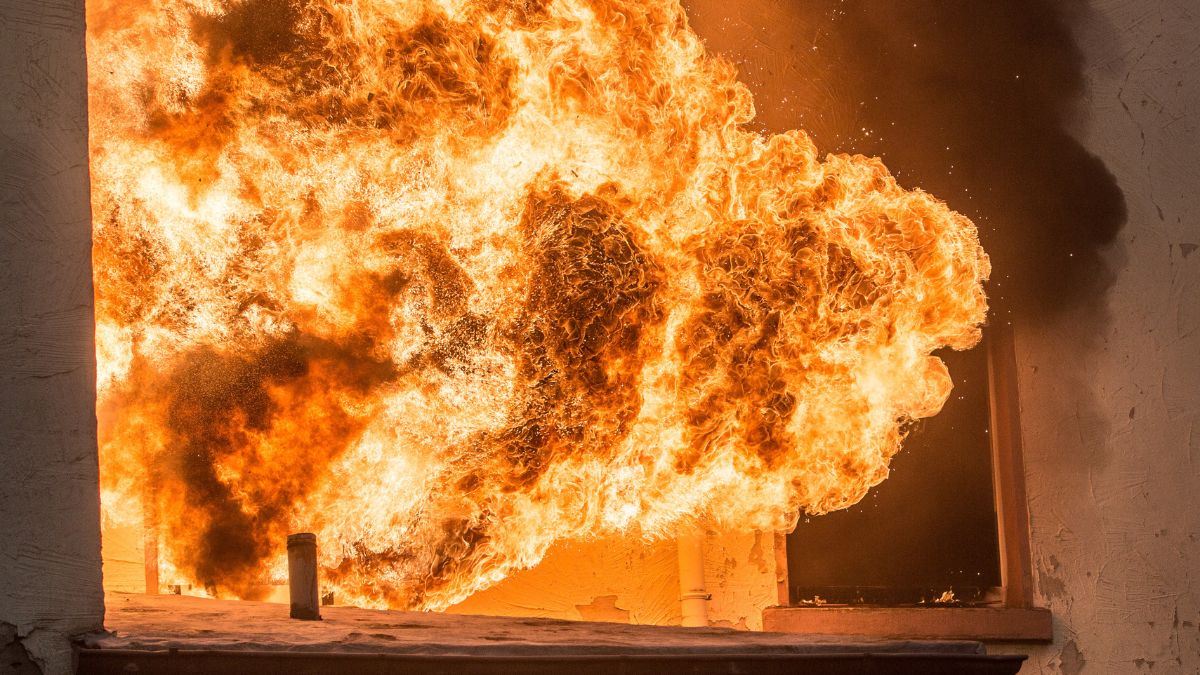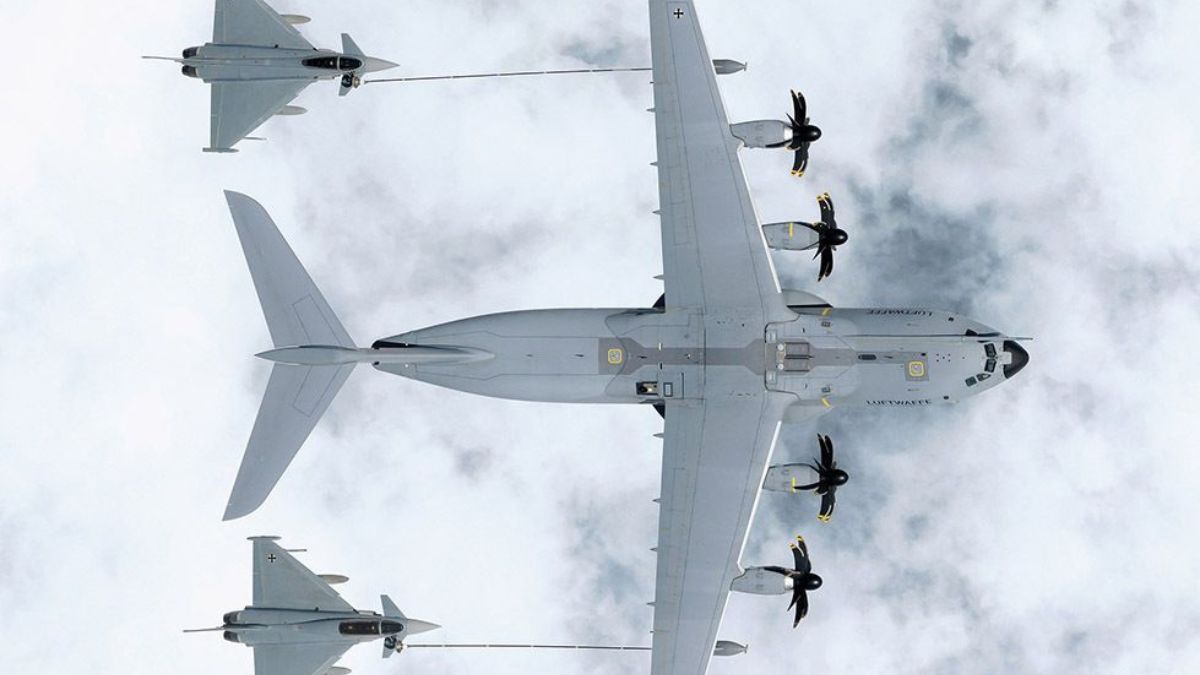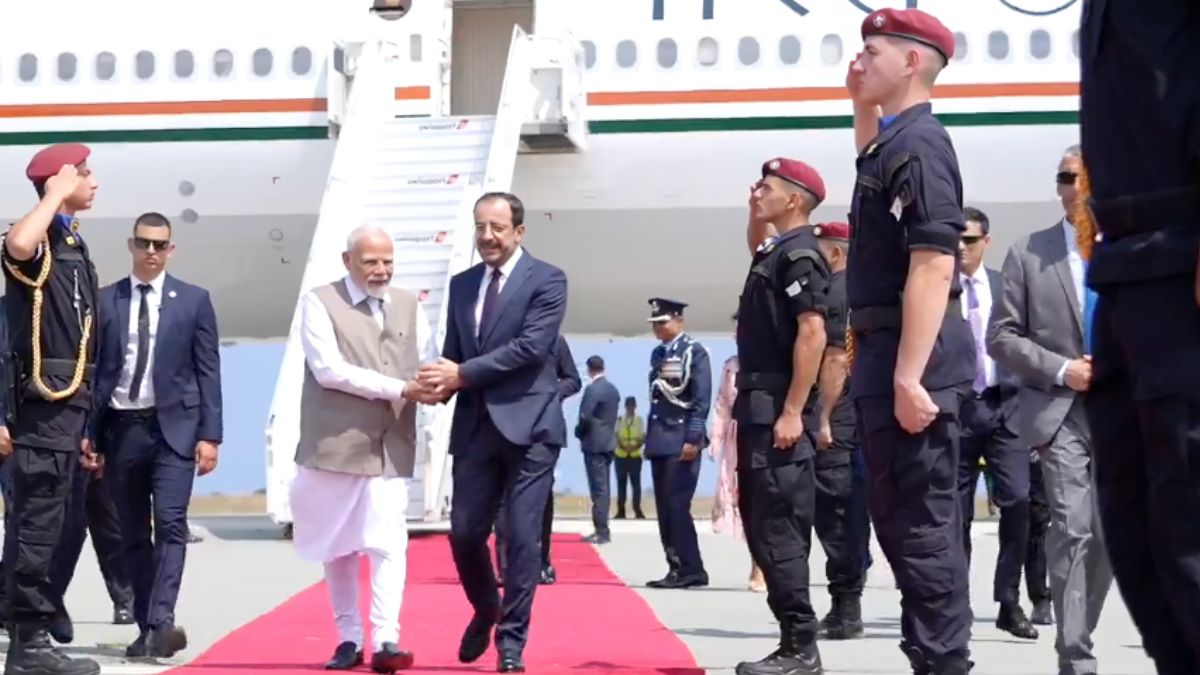China’s Lhunze Airbase Upgrade: Why 36 Hardened Shelters Near Arunachal Are Strategic Worry For India

China has completed the construction of 36 hardened aircraft shelters at Lhunze. Image courtesy: DESH Tourism
In what might come as a fresh strategic worry, China seems to have taken yet another step to bridge the infrastructural gap with India. Tensions between both the countries are already not in their best shape since the deadly 2020 Galwan Valley clashes, and Beijing’s latest move could only add more fuel to it.
China is learnt to have completed 36 hardened aircraft shelters, new administrative buildings, and a large apron at the Lhunze airbase in Tibet, roughly 40 km north of the McMahon Line and just 107 km from Tawang, Arunachal Pradesh. With these new shelters, China now has the option of forward-deploying fighter aircraft and drone systems.
These fortified shelters, designed to withstand precision strikes, give the People’s Liberation Army Air Force (PLAAF) a forward-operating capability dangerously close to India’s border. Moreover, these infra developments bring down the response time needed for the Indian Air Force to respond.
China’s 36 hardened aircraft shelters: Why is this alarming for India?
Experts say the new structures at Lhunze mark a critical strategic shift. According to former IAF Chief Air Chief Marshal BS Dhanoa (Retd), quoted by NDTV, the construction of hardened shelters “removes China’s biggest vulnerability” in Tibet, which is the lack of protected deployment space.
“The day they began building hardened shelters in Tibet,” he said, “would mean they’re preparing for war with us.” Fuel and ammunition are likely already pre-positioned in underground tunnels, enabling rapid mobilisation of Chinese tactical fighters, drones, and attack helicopters along the Line of Actual Control (LAC).
How does this affect India’s air superiority?
For decades, India held an operational advantage due to geography and altitude constraints faced by Chinese airbases. However, Air Marshal SP Dharkar (Retd) warns that China’s expanding network of modern, hardened airfields “is eroding that advantage.” He noted that construction and upgrade of these airfields may support future Chinese war plans and represent a “serious strategic threat” to India.
“Lhunze, Tingri, and Burang are now within 50–150 km of the LAC,” Air Marshal Khosla told NDTV. “Their proximity allows faster PLAAF response times and full coverage over Arunachal, Sikkim, Uttarakhand, and Ladakh.”
What role do Chinese drones play in this new equation?
Satellite images analysed by Vantor (formerly Maxar) show several CH-4 armed drones stationed at Lhunze. These UAVs, capable of launching air-to-surface missiles from altitudes above 16,000 feet, provide Beijing with persistent surveillance and high-altitude strike options.
In contrast, India’s Heron and Searcher drones lag in range and endurance. The General Atomics Sky Guardian UAVs, due to join the Indian Air Force and Army only by 2029, will be India’s first credible counter to this new drone threat.
Tough times ahead for India-China relations?
The Lhunze expansion comes amid Beijing’s ongoing upgrade of six airbases along the Himalayan frontier, a network that mirrors India’s own airfield chain from Leh to Chabua. According to geo-intelligence expert Damien Symon, the Lhunze buildup “underscores Beijing’s intent to narrow India’s airpower gap” in a region that has seen repeated standoffs since the 2020 Galwan clashes.
Despite Prime Minister Narendra Modi’s recent visit to China and efforts to “stabilise ties,” analysts view this expansion as evidence that Beijing’s long-term military calculus remains unchanged.
Worth understanding here is that China’s rapid militarisation of Lhunze, in a sector that directly overlooks Tawang, is not a routine infrastructure upgrade. It signals a calculated bid to neutralise India’s air advantage and ensure PLAAF’s readiness for sustained high-altitude operations.







